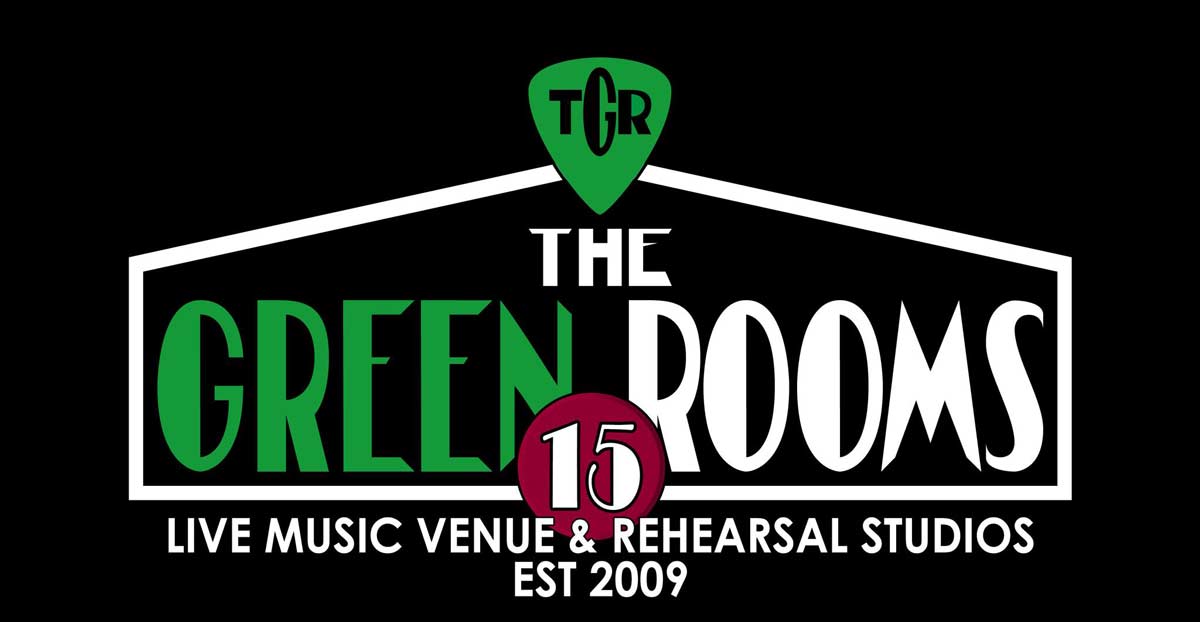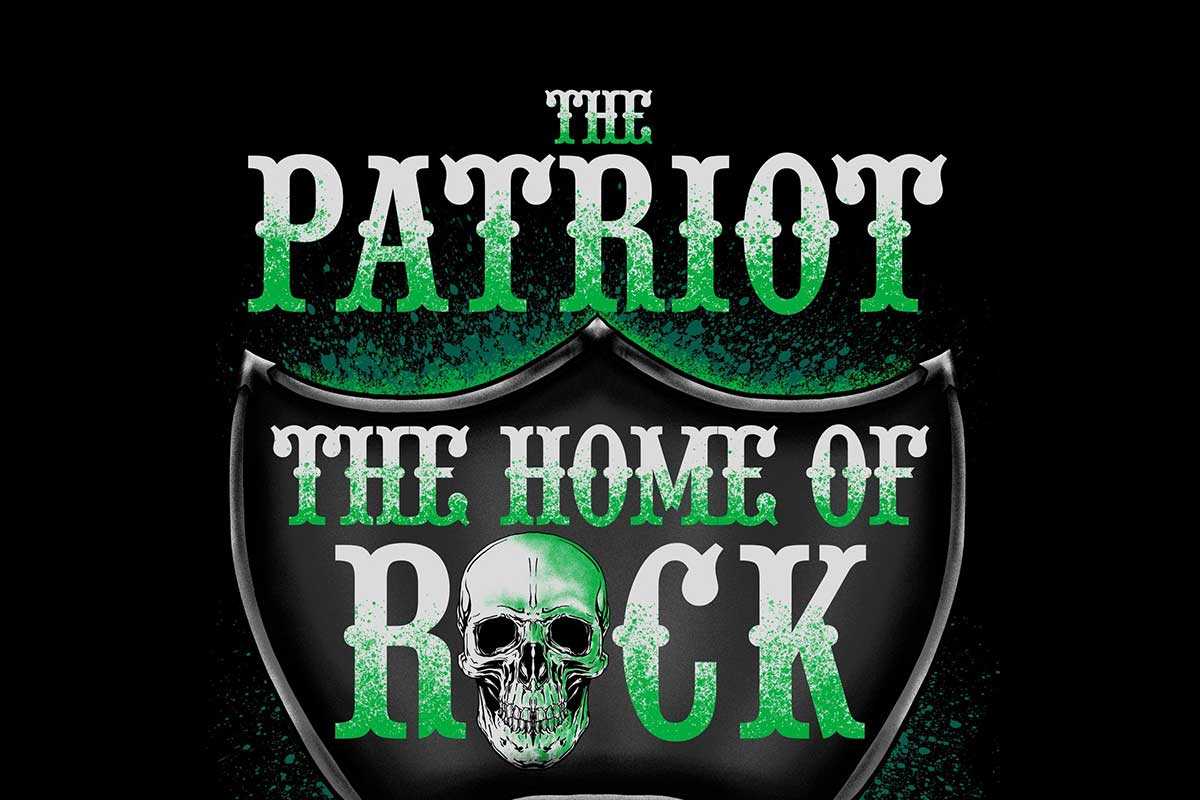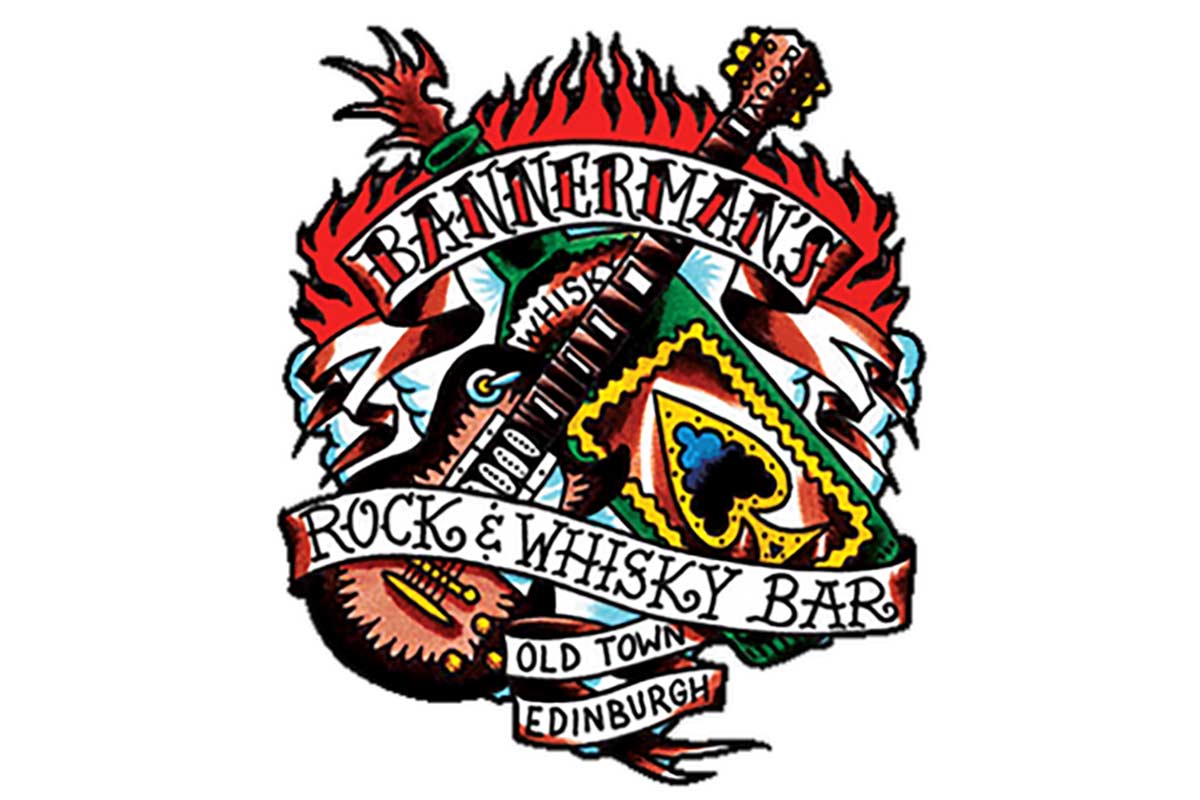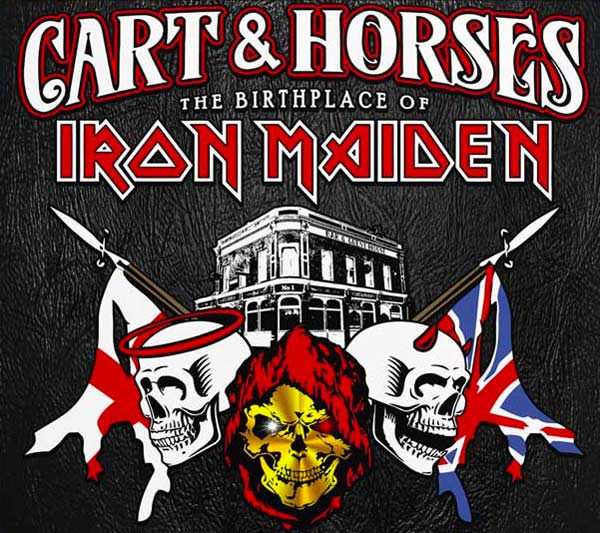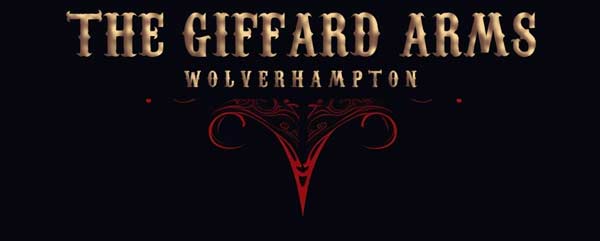Knebworth 1985 saw the legendary Deep Purple concert that holds a special place in the band’s history and in the annals of rock music. This was a massive one-off UK reunion show by Deep Purple (Mark II lineup) as part of their Perfect Strangers world tour. This is one of many shows that Knebworth House custodian Henry Lytton Cobbold covers in his new book, Knebworth – 50 Years Of The Greatest Rock Venue In The World!
Held on 22 June 1985, the Return of the Knebworth Fayre also featured Scorpions, UFO, Mountain, Blackfoot, Mama’s Boys and Meat Loaf. “I was there,” MetalTalk’s Mark Taylor said. “It will be the 40th anniversary in one month’s time. It was my first ever festival, and I remember it like it was yesterday.
“I’ve got the recordings of all the bands, except for Scorpions, who were not professionally recorded that day because they just released World Wide Live. Scorpions were absolutely superb that day, as were Deep Purple.”
My first experience of Knebworth was ’85. There was a broadcast on BBC Radio, and, despite the miserable weather conditions, to be at Knebowrth for this as such a special thing. People didn’t mind the rain.
“The smoke was on the water, wasn’t it?” Henry smiles. It was the only big show where the rain registered. There has been rain at various shows. Pink Floyd. At the end of Knebworth ’90, there was a light rain, which was absolutely perfect for Pink Floyd and the lasers.”
“But the only one where the rain affected the event was ’85,” Henry says. “But as you say, I thought it affected the event in rather a good way in the sense that it made Purple look amazing. The light going through the rain was absolutely incredible.
“People aren’t thinking about the rain when they’ve got Deep Purple reforming in front of them. Afterwards, I think every tractor in North Hertfordshire was requisitioned to pull people out of the mud.
“The next morning, there was not a blade of grass to be seen. It was mud. It was like the Somme over Knebworth Park. But that becomes part of the story and part of what made that a memorable night.”
Queen – Knebworth House 1986
Three weeks later, Live Aid was the springboard for Queen. Their last ever show with Freddie Mercury was at Knebworth, and what an incredible gig that was as well.
“It was,” Henry says. “And, of course, a big legend around that as well. Because you will not see a film of Queen performing in Freddie Mercury’s last ever performance. Because one does not exist, which is absolutely absurd based on the fact that there were naturally cameras all over that field in ’86.
“There was a massive screen above the stage. It was all filmed from every single angle. But nobody pressed record. Nobody pressed record on Freddie Mercury’s last ever live performance.”
“This became a big story. The only footage you’ll see of that is either news footage or this fantastic, bizarre thing that happened at the back of the audience during that show. This is a time way before mobile phones and even domestic video cameras weren’t that ubiquitous.
“There was a Dutch guy who spent the entire Queen set at the back of the audience with his handheld VHS camera on one of the screens. So there is a visual record of Freddie’s last performance in a wobbly video. A wobbly VHS of a screen.
“But there’s no professional footage, except for a little bit of news footage of the first couple of numbers. Nowadays, trying to imagine how that happened… You just can’t believe that happened. But again, another great sort of story that is part of this great 50-year tale.”
For me, it was a key moment to be there. I was an eyewitness, but the fact that it was not recorded was extraordinary.
“At the time it was, it was meant to be Status Quo’s last gig,” Henry says. “They had in fact done their last gig, I think, at Milton Keynes or somewhere else. It was called the final gig, and then they added Knebworth as the very final gig. Of course it wasn’t the final gig for Status Quo, but it was, sadly, the final gig for Freddie.”
The audience for the Queen show was 125,000. “We have a license for 125,000,” Henry says. “A lot of the arguments of the early ’70s shows, and the Led Zeppelin arguments, were about how many people can you actually get into that field.
“The manager never believed that it was only 120,000. You’ll read newspaper reports of how 200,000 people were at the Rolling Stones and Led Zeppelin. Well, that is physically impossible. They say 400,000 people went to the 1970s Isle of Wight.”
That’s the island, basically, isn’t it?
“Yes,” Henry says. “That’s physically impossible. The original promoter, Freddie Bannister, actually got NASA to do a study on the aerial photographs to prove how many people you could get into the field.
“If everybody were standing like sardines, you could probably get 130,000 into that field. It was settled on 125,000 as being our limit. It’s the biggest license in the country. It’s important to us because it’s our unique selling point. If it’s a sellout in Knebworth, it’s 125,000.”
I was back for Genesis in 1992 for their We Can’t Dance Tour. “That was the third time they had played with us,” Henry says. “The thinking at the beginning of the ’90s was that these sorts of events were doomed, really.
“There was a little bit of concern, certainly. I felt with the Genesis show that it had all become just too corporate. That show was sponsored by Volkswagen, and it was all about building. I had been living in America, so I call them bleachers, but they wanted stands in our bowl-shaped field, which seemed really odd to me.
“Why would you want to build a stand? I understand why you need to build a stand in Hyde Park. It’s completely flat. But why would you want to build a stand in a bowl-shaped field? It seemed to be that it was more about corporate entertaining and sponsorship. Certainly, nobody came by bus to that show. Every single person came in their motor vehicle and, as a result, the traffic after that show was the beginning of the traffic issues.
“It seemed as though these big bands of the ’60s and ’70s were dying out. 1990 was a fantastic final party for them all. Genesis did this lovely encore in ’92, but it seemed that that was it.
“The pop world at the time had taken over with the. Jason and Kylie’s audience at the time didn’t seem to be appropriate for a massive field. It was more of a teenage, pop thing, which we were not appropriate for.
“Actually, we thought it might all be over at that point. But we were wrong because there were a few lads from Birmingham and Manchester who took two years to go from playing in pubs to having a big demand.
“It was some absurd statistic, like 1/10 of the country applied for tickets for that show in ’96. So we weren’t finished. There was still room for Knebworth in the ’90s.”
50 Years Of Legendary Live Music
Henry Lytton Cobbold will reflect on 50 years of legendary live music at Knebworth Park when he hosts 50 Years Of Knebworth Rock Concert Memories on 26 May 2025 as part of the book launch.
Henry has promised to share behind-the-scenes stories, personal insights, and archival highlights from 50 years of unforgettable concerts that shaped British music culture.
The 50 years of Knebworth Rock Concert Memories talks are at 11 am and 2 pm and can be pre-booked from here.
From Deep Purple to Queen. From Lynyrd Skynyrd to the Rolling Stones. You can read much more about 50 Years Of The Greatest Rock Venue In The World! in our interview series with Knebworth House custodian Henry Lytton Cobbold. Click here to read more.



